Hinge Points: An Inside Look at North Korea’s Nuclear Program
2010
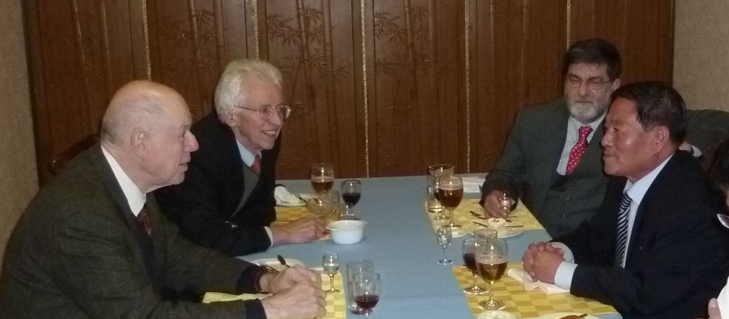
Dates: November 9 – 13, 2010 | Yongbyon visit: November 12, 2010
The visit in November 2010 turned out to be the last of Hecker’s trips to DPRK, his seventh trip beginning in 2004 and fourth visit to Yongbyon. The Stanford team included Siegfried Hecker, John Lewis, and Robert Carlin.
The most notable part and the big surprise of that trip was the unveiling by DPRK hosts to the Stanford team of a modern, small industrial-scale centrifuge plant built unnoticed by the world at the Yongbyon site. Stanford team sought to untangle the motivations and intents of the North Koreans hosts in making the turn towards the construction of their own Light Water Reactor and declaring the uranium enrichment program. The dialogue of the two sides was detailed in:
Notes of meeting with Ambassador Ri Gun (prior to the visit to Yongbyon)
Notes of meeting with Ri Yong Ho (following the Yongbyon visit)
Slides with aerial view and 3-D model of the Cascade Hall in Yongbyon
In the Trip Report prepared upon the return to the US, Hecker presented his observations and analysis and made the following conclusion:
“The only hope appears to be engagement. The United States and its partners should respond to the latest nuclear developments so as to encourage Pyongyang to finally pursue nuclear electricity in lieu of the bomb.”
Hecker devoted much energy to bring the new information and understandings gained through the November 2010 visit to the administration and the public. With Robert Carlin, he presented their findings and recommendations to Secretary Clinton on November 23. In the end of 2010 and through 2011, Hecker made some twenty appearances before academic, expert, and general public audiences to educate and inform about the trajectory of the North Korean nuclear program and policy choices available to the United States based on the insights from the 2010 visit. Several publications by Hecker in 2010-2011 explored the same issues in greater analytical and technical detail.
Briefing to Secretary Hillary Clinton. Washington, DC, Nov. 23, 2010
Return Trip to North Korea. Presentation in the Korea Economic Institute. Washington, DC, Nov.23, 2010. More presentations from 2011.
What I Found in North Korea. Pyongyang’s Plutonium Is No Longer the Only Problem. Foreign Affairs, December 9, 2010.
2010: The visit used to showcase the relaunch of the DPRK nuclear program
The Stanford delegation visited Yongbyon, but the hosts allowed photos only in front of the Guest House. The rest of the visit program provided perspectives in the everyday life of the country. In 2010, despite the sanctions imposed on DPRK after the first (2006) and second (2009) nuclear tests, the economic and social conditions appeared dynamic: in Pyongyang, there was more traffic, including a big increase in the number of taxis, cell phones were in use everywhere, and the cell reception extended beyond the cities into mountainous areas. Classrooms were equipped with modern computers. At night, central Pyongyang displayed fully lighted streets with well-lit government buildings. The completed glass and steel exterior of the Ryugyong Hotel tower glittered in the daylight.
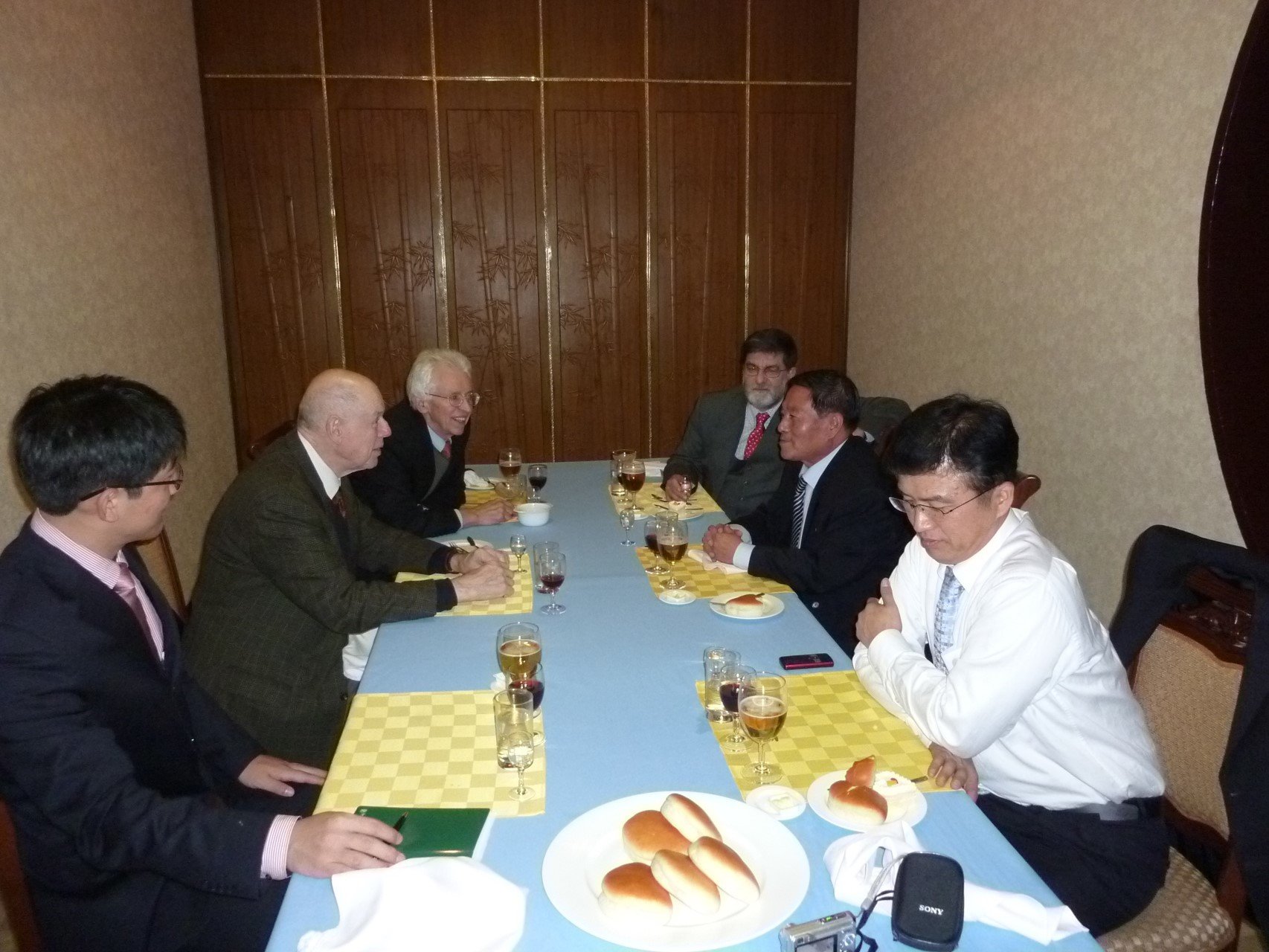
Meeting with Ambassador Ri Gun and other Foreign Ministry officials. Ri Gun announces, “tomorrow you will have very big news, Dr. Hecker.”
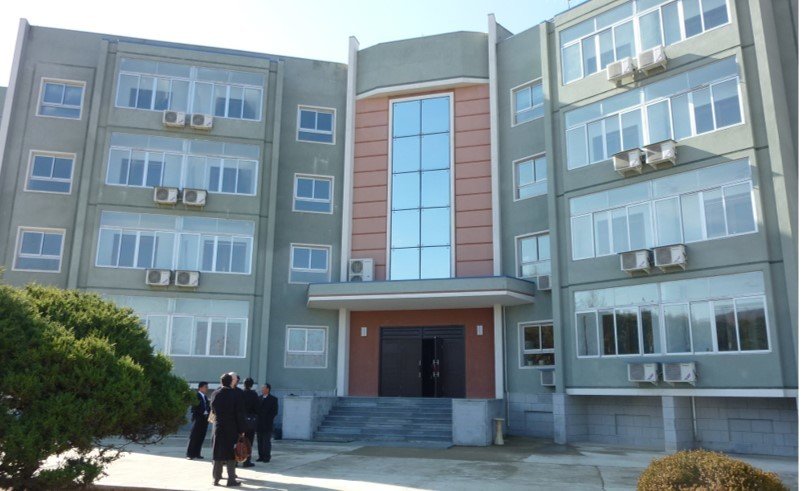
Yongbyon Nuclear Center in November 2010. The only photographs allowed were at the Guest House built in anticipation of greater DPRK-U.S. collaboration that never came to fruition.
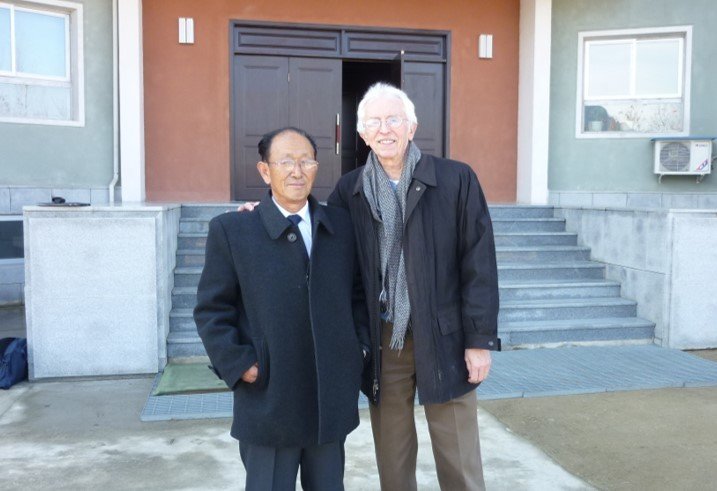
Hecker and Yongbyon Safeguards Section Head Li Yong Ho. November 12, 2010.
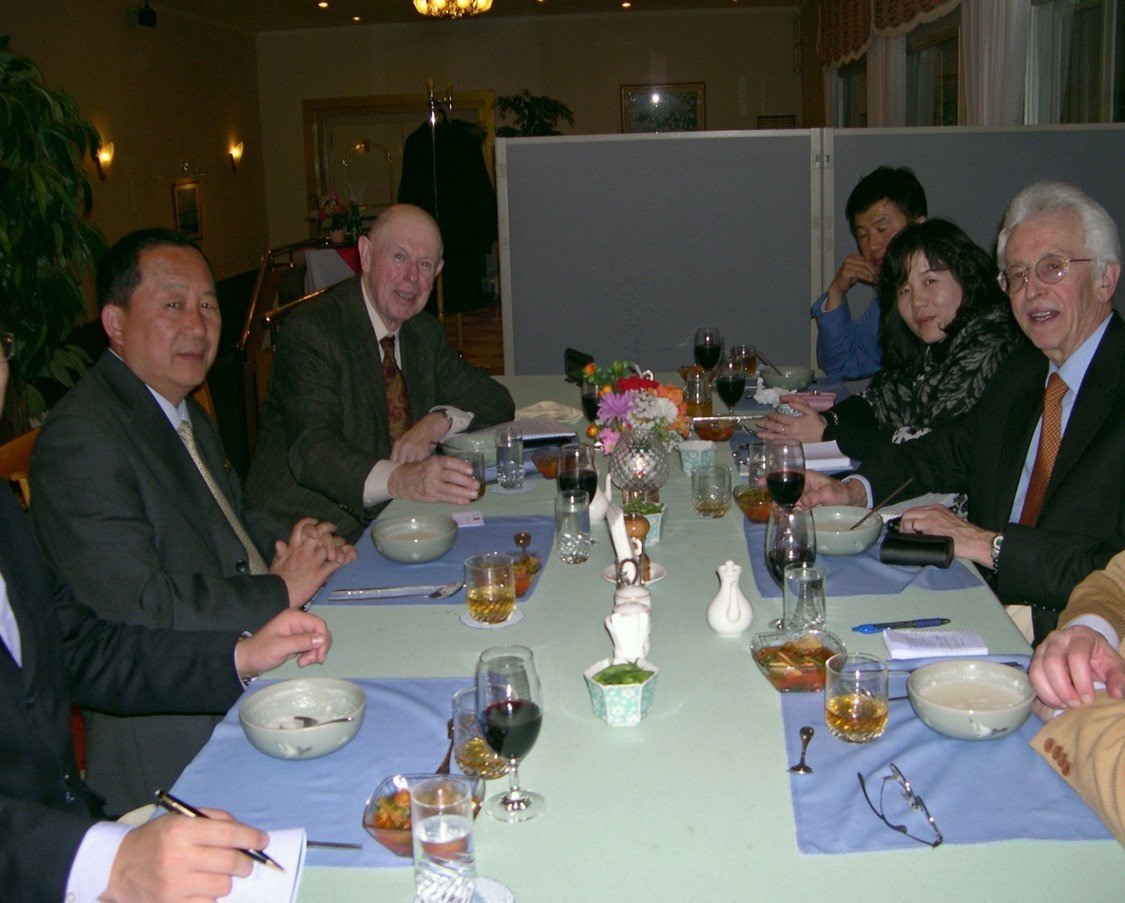
Meeting with North Korea’s Foreign Ministry officials. First Vice Minister Ri Yong Ho (front left) and Ms. Choe Son Hui of American Department.
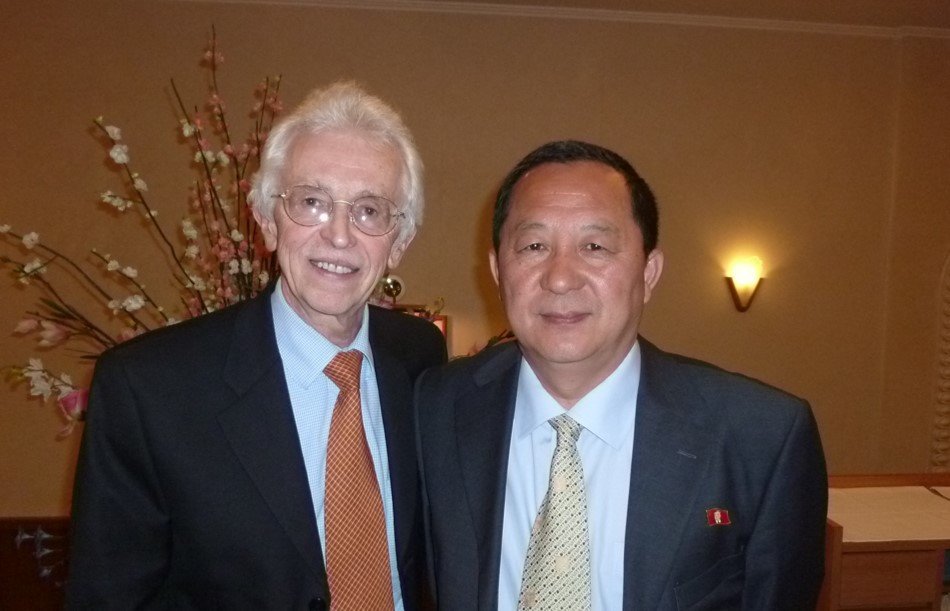
First Vice Minister Ri Yong Ho, an experienced DPRK diplomat, had taken over from Kim Gye Gwan and hosted the Stanford delegation in Pyongyang in November 2010.
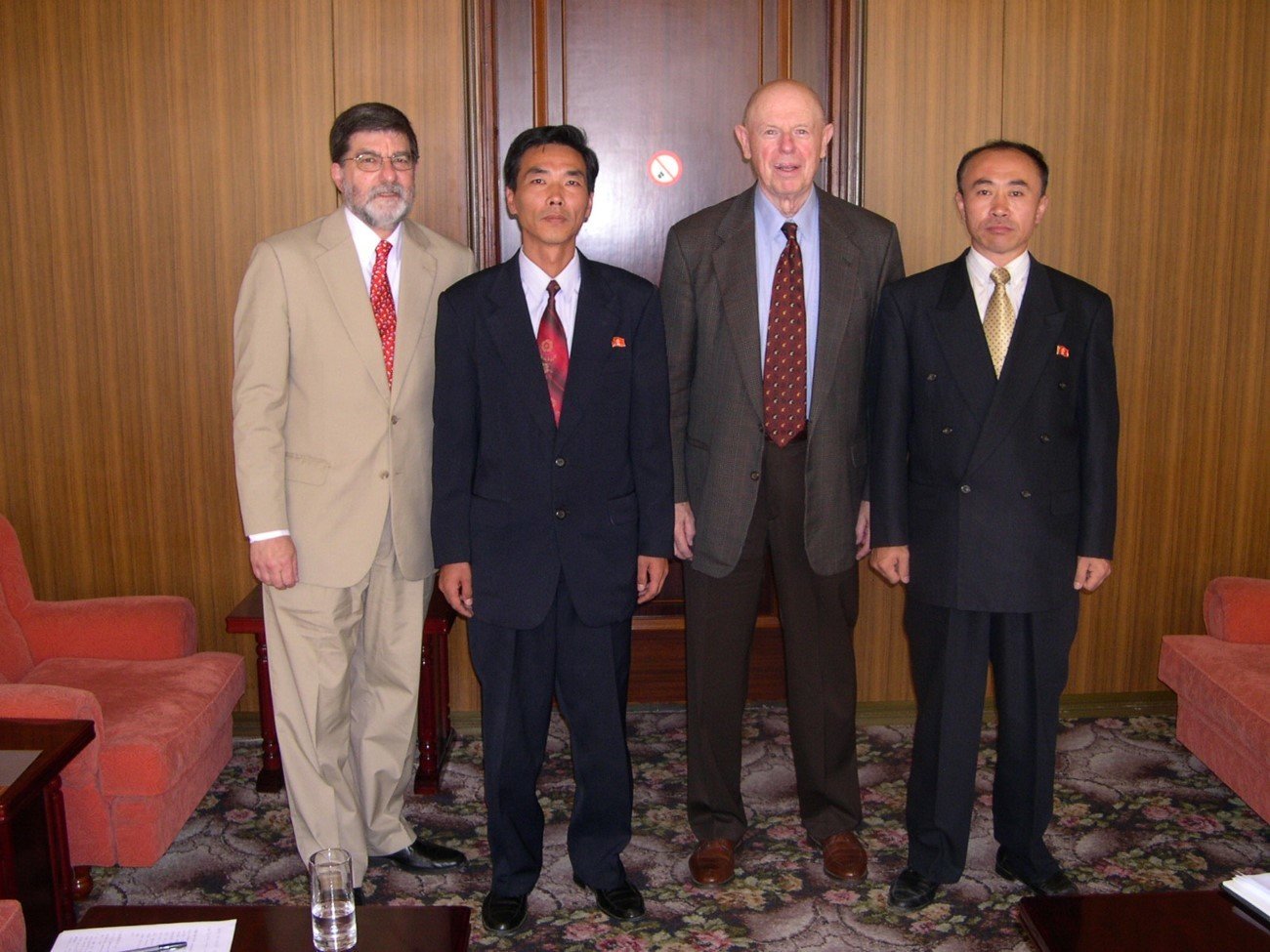
Carlin (left) and Lewis at Minju Joson, North Korea’s state newspaper.
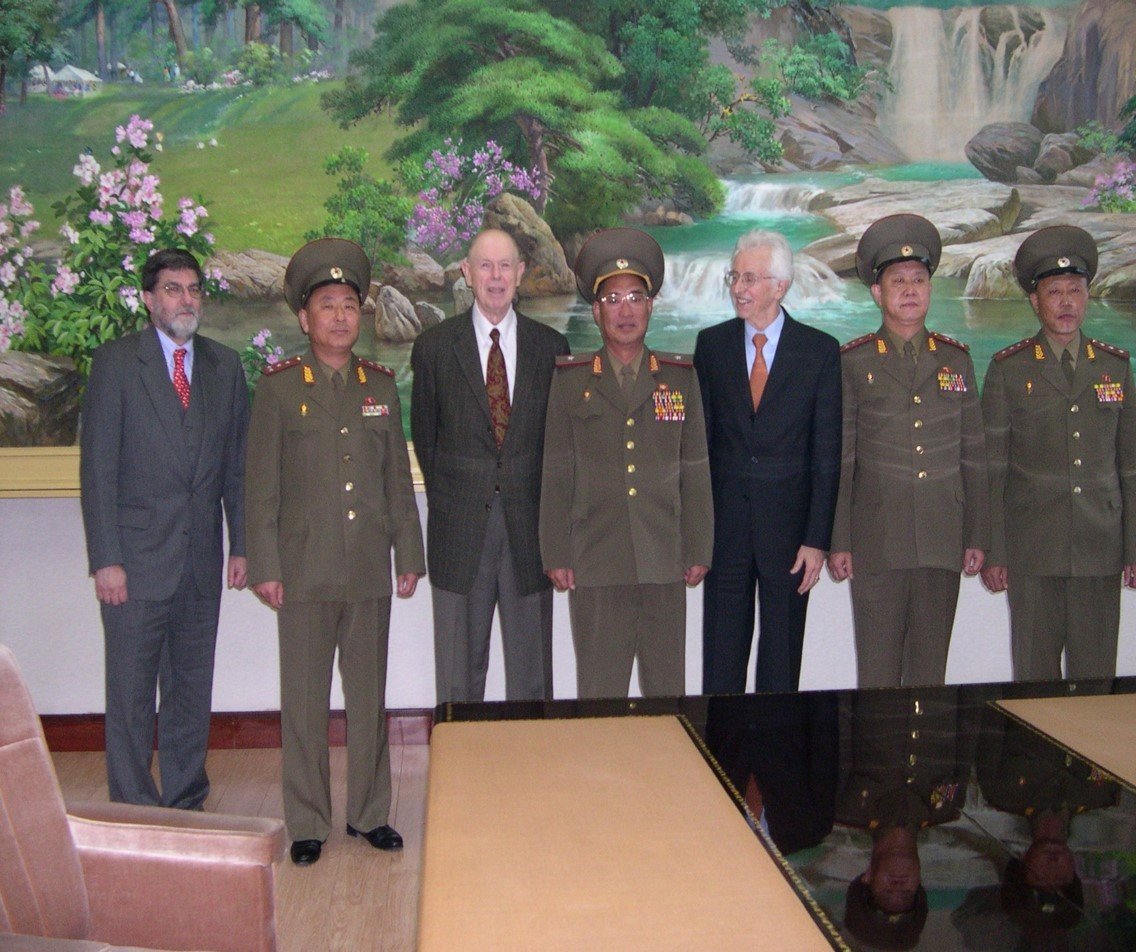
Carlin (left), Lewis and Hecker meeting with Major General Pak (center) and officers of Korean People’s Army
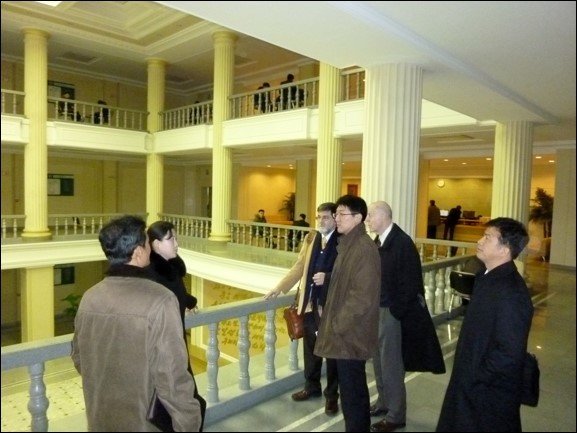
Lewis and Carlin with Korean hosts in Kim Il Sung University.
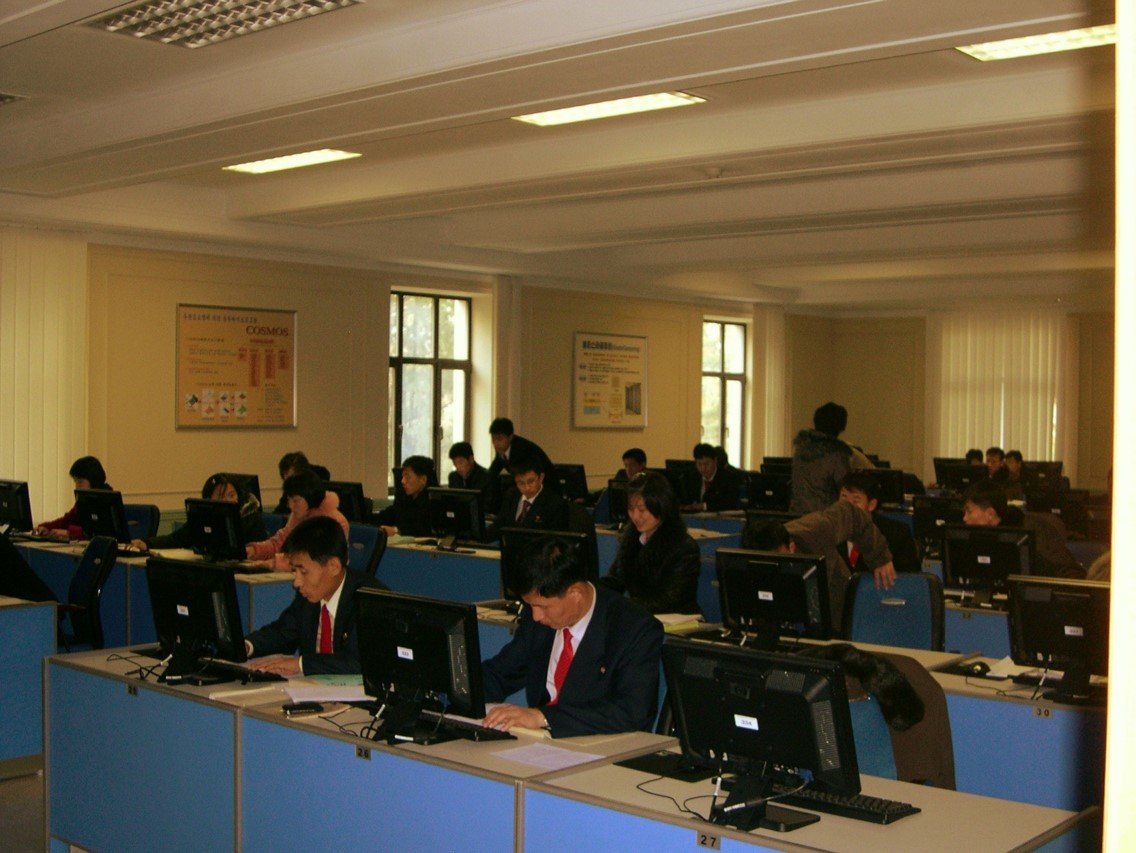
Visit to Kim Il Sung University in Pyongyang
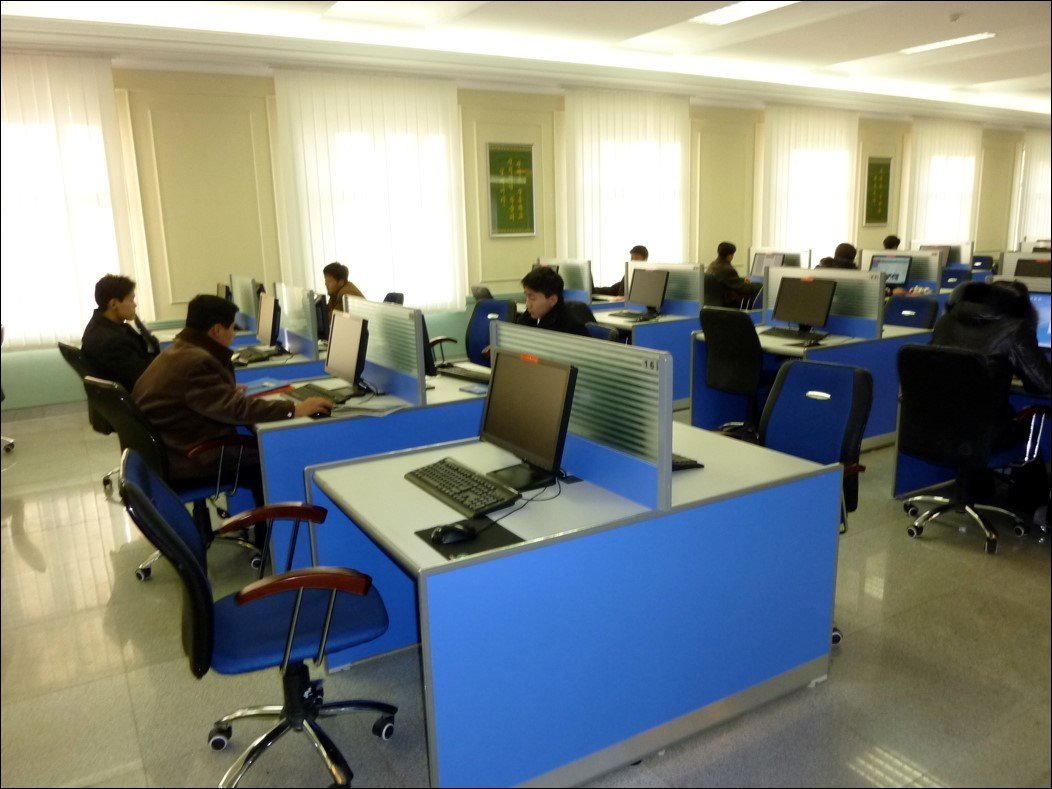
Newly outfitted e-library in Kim Il Sung University.
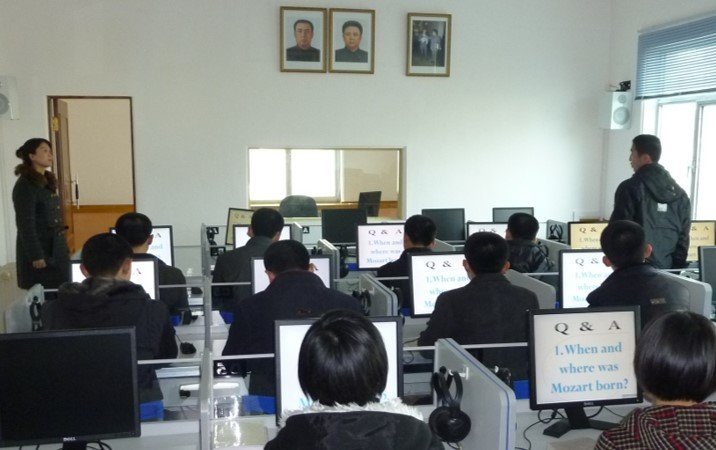
Visit to the School of Foreign Languages in which the students spoke excellent American English. They were given a question that Hecker was able to answer easily having grown up in Austria, where every child was taught when and where Mozart was born.
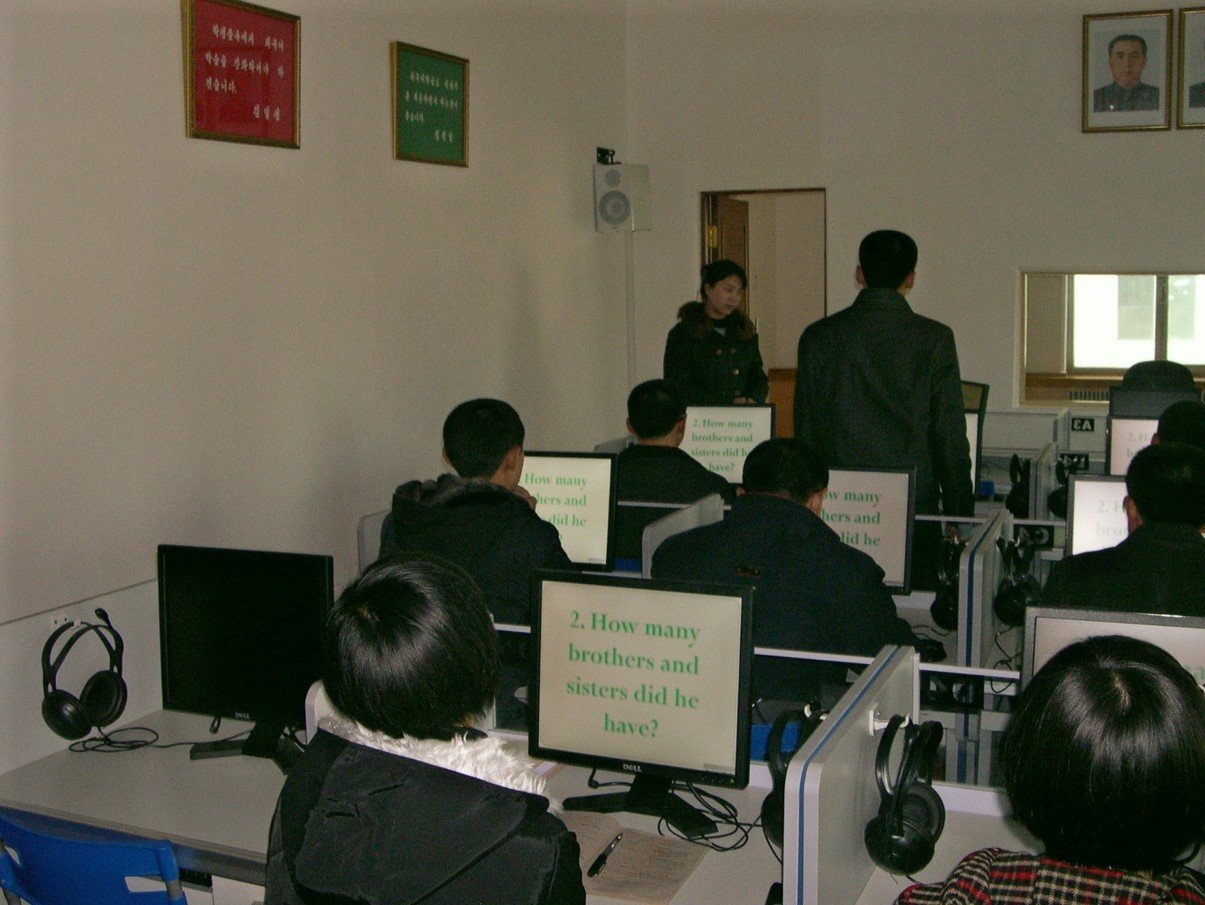
School of Foreign Languages – more questions about Mozart.
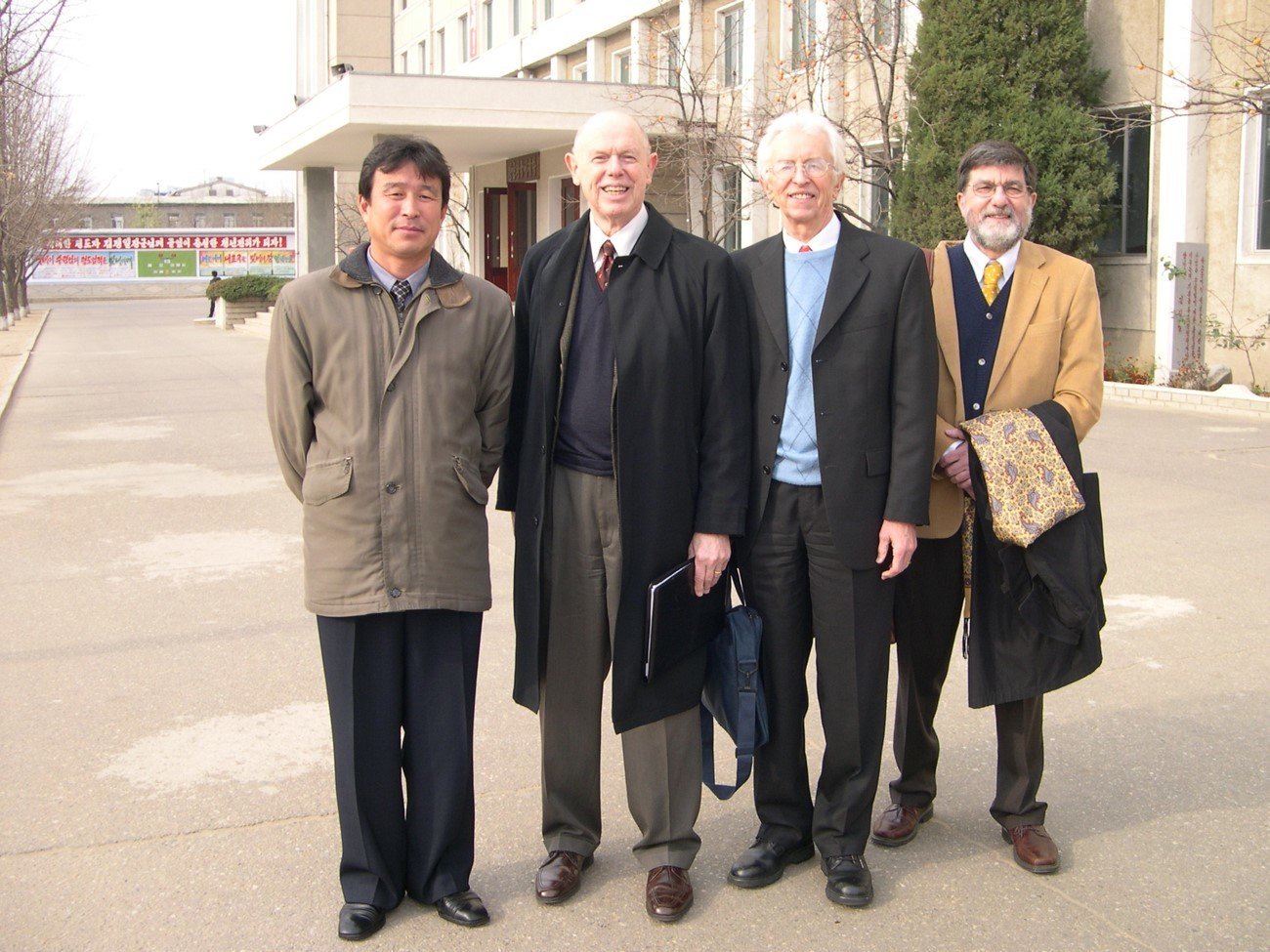
After visit to School of Foreign Languages. Principal Ryo (left), Lewis, Hecker, and Carlin.
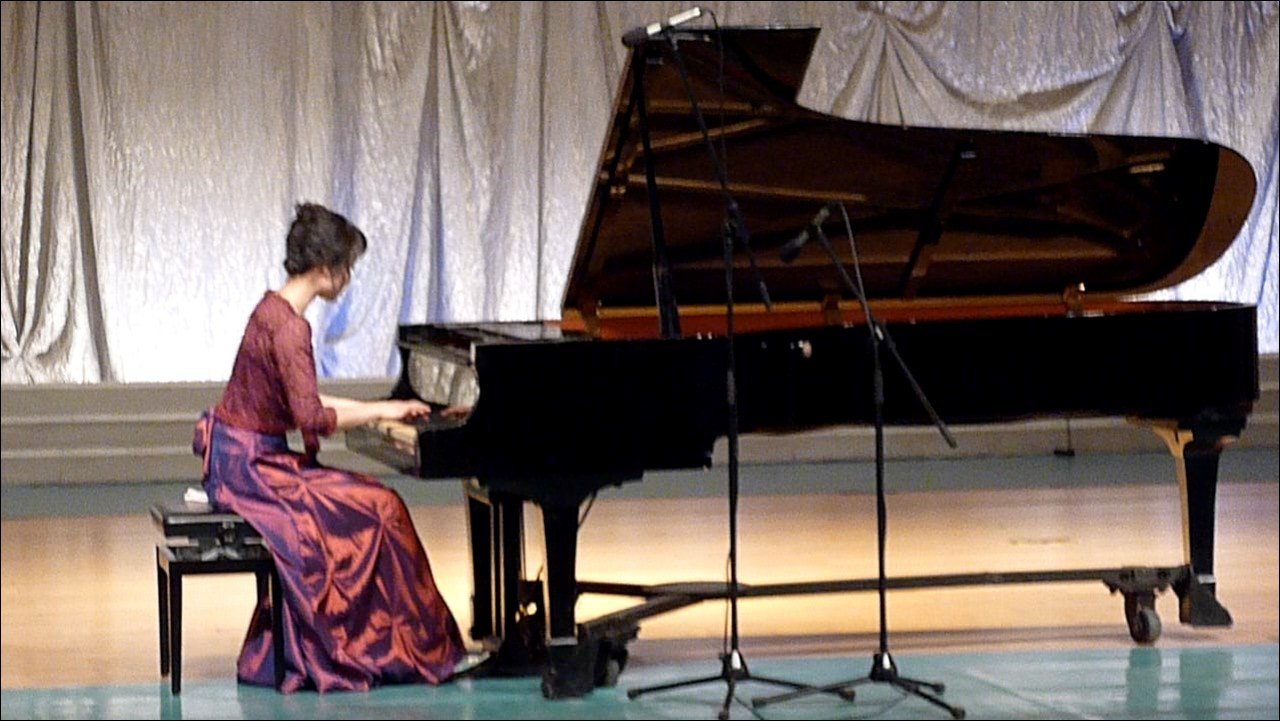
Ms. Jong Kyong Hui, young pianist playing Chopin at the dinner meeting celebrating 92nd anniversary of Polish independence. Nov. 2010
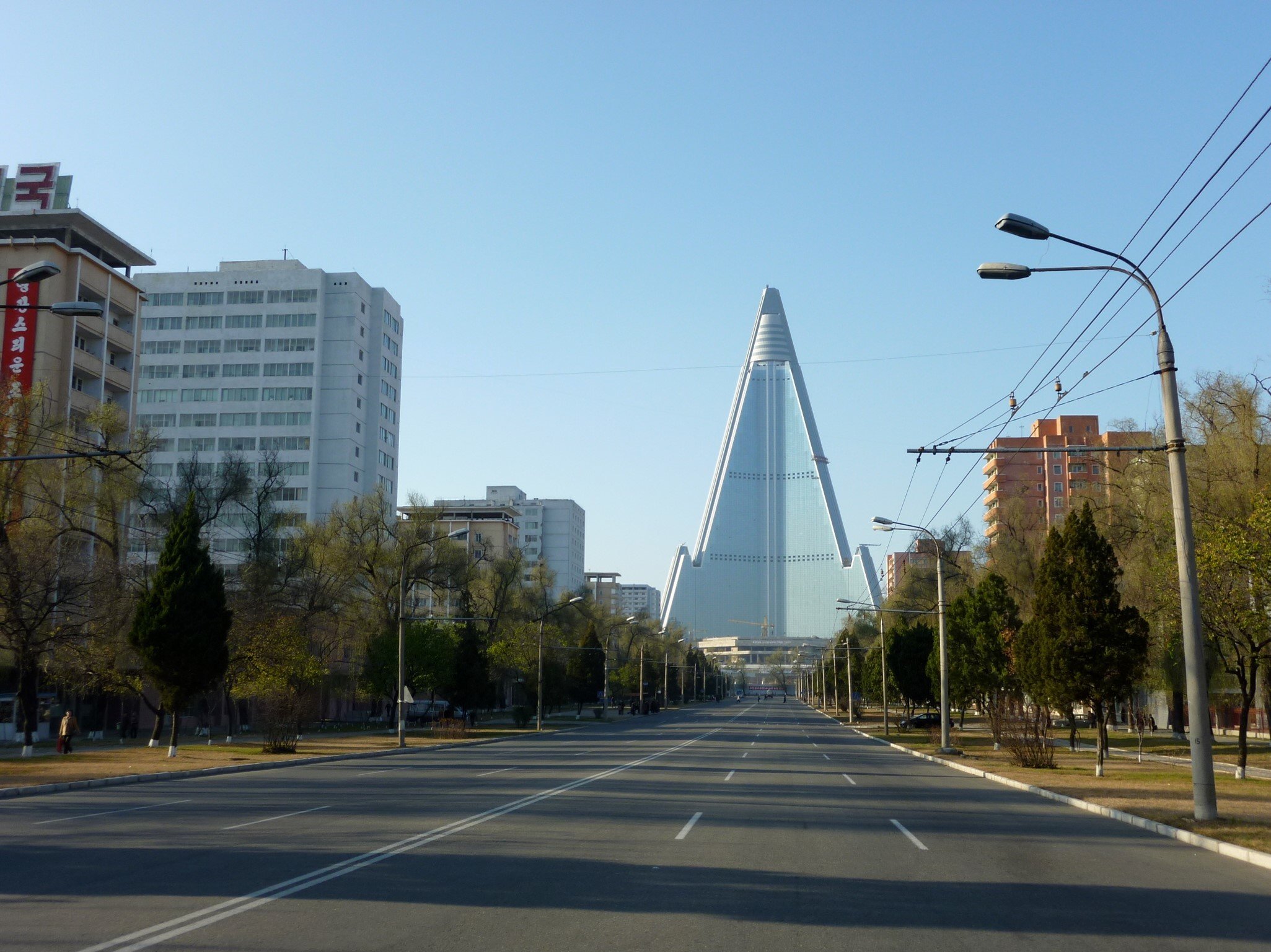
The completed exterior glass facade of the 105-story Ryugyong Hotel.
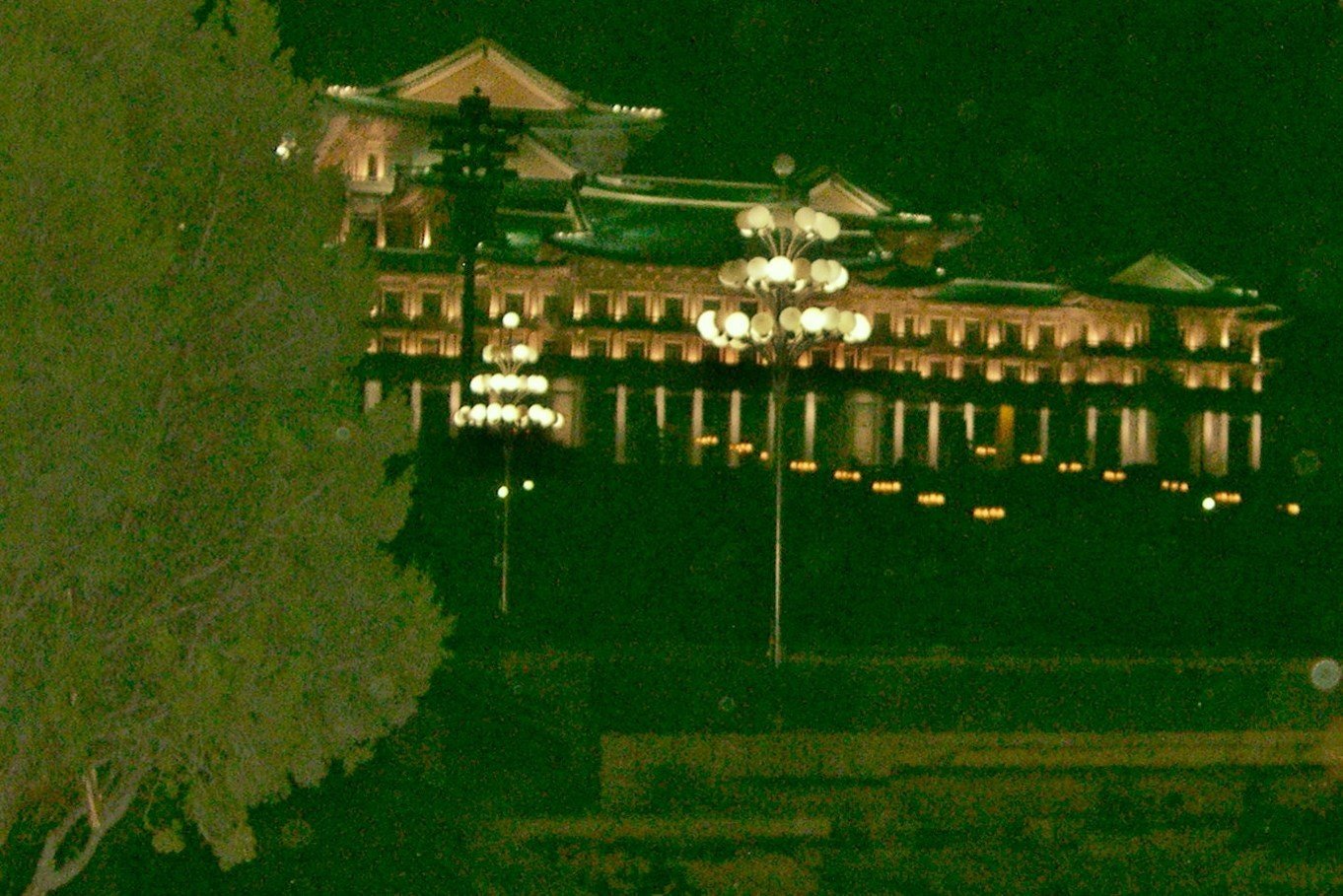
Great People’s Study House. During the 2010 visit, much more of Pyongyang was lit up at night than in previous visits.
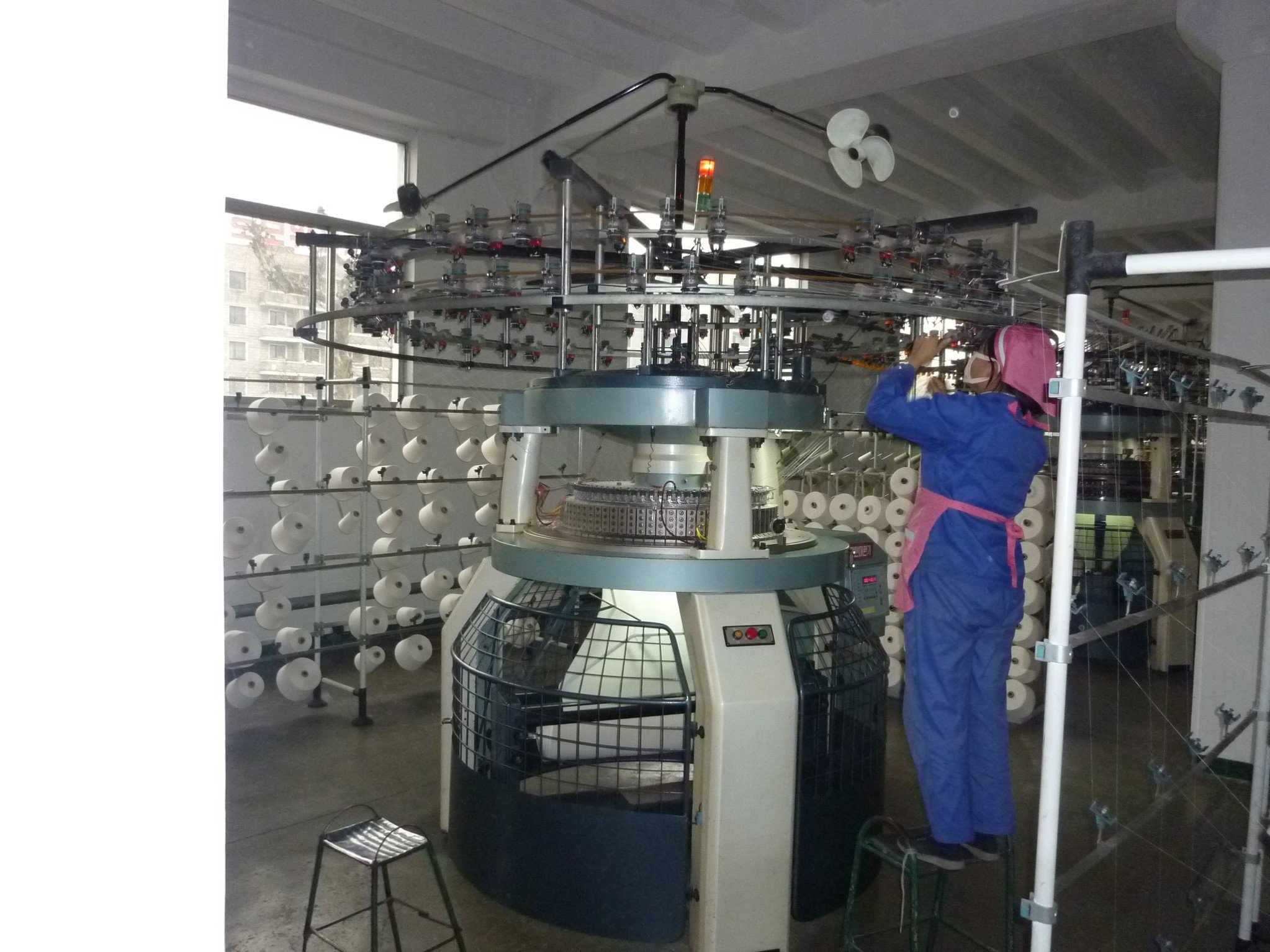
At Songyu textile factory
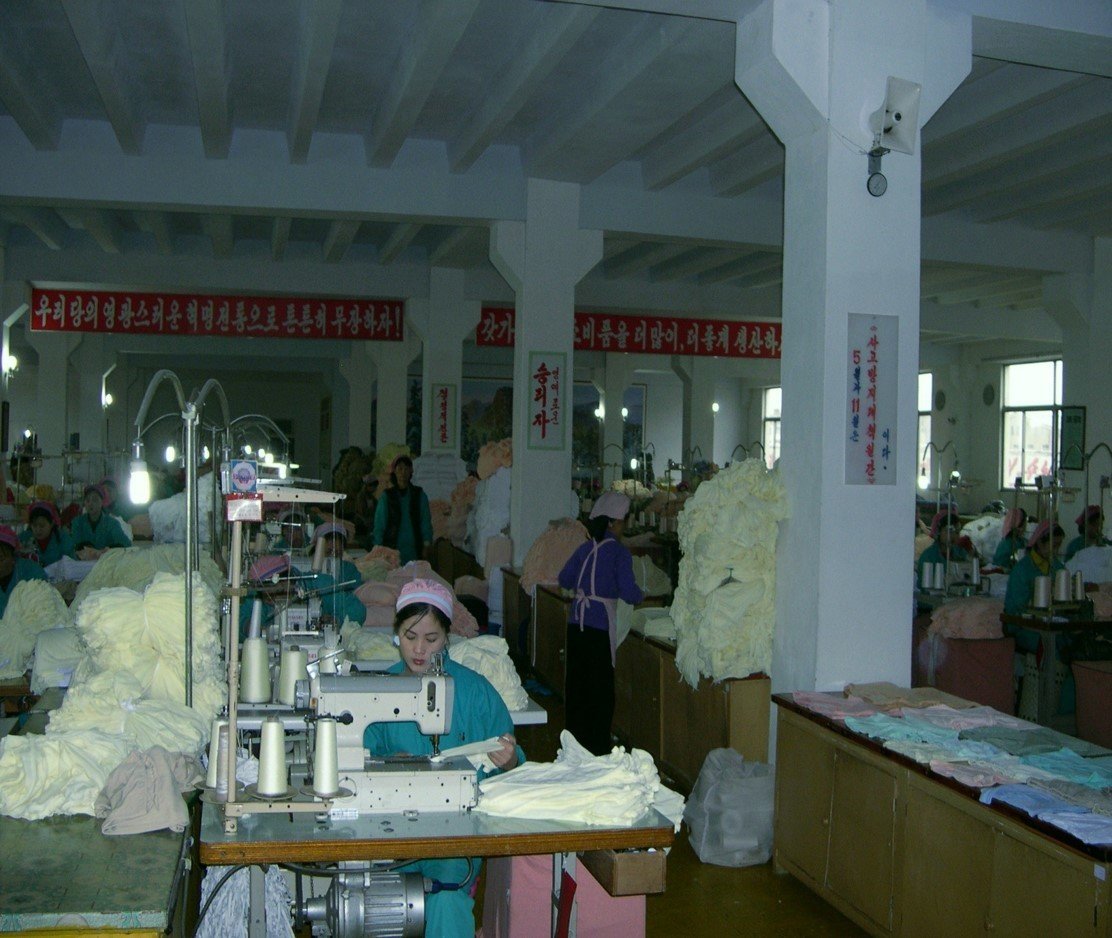
At Songyu textile factory. Nov. 2010
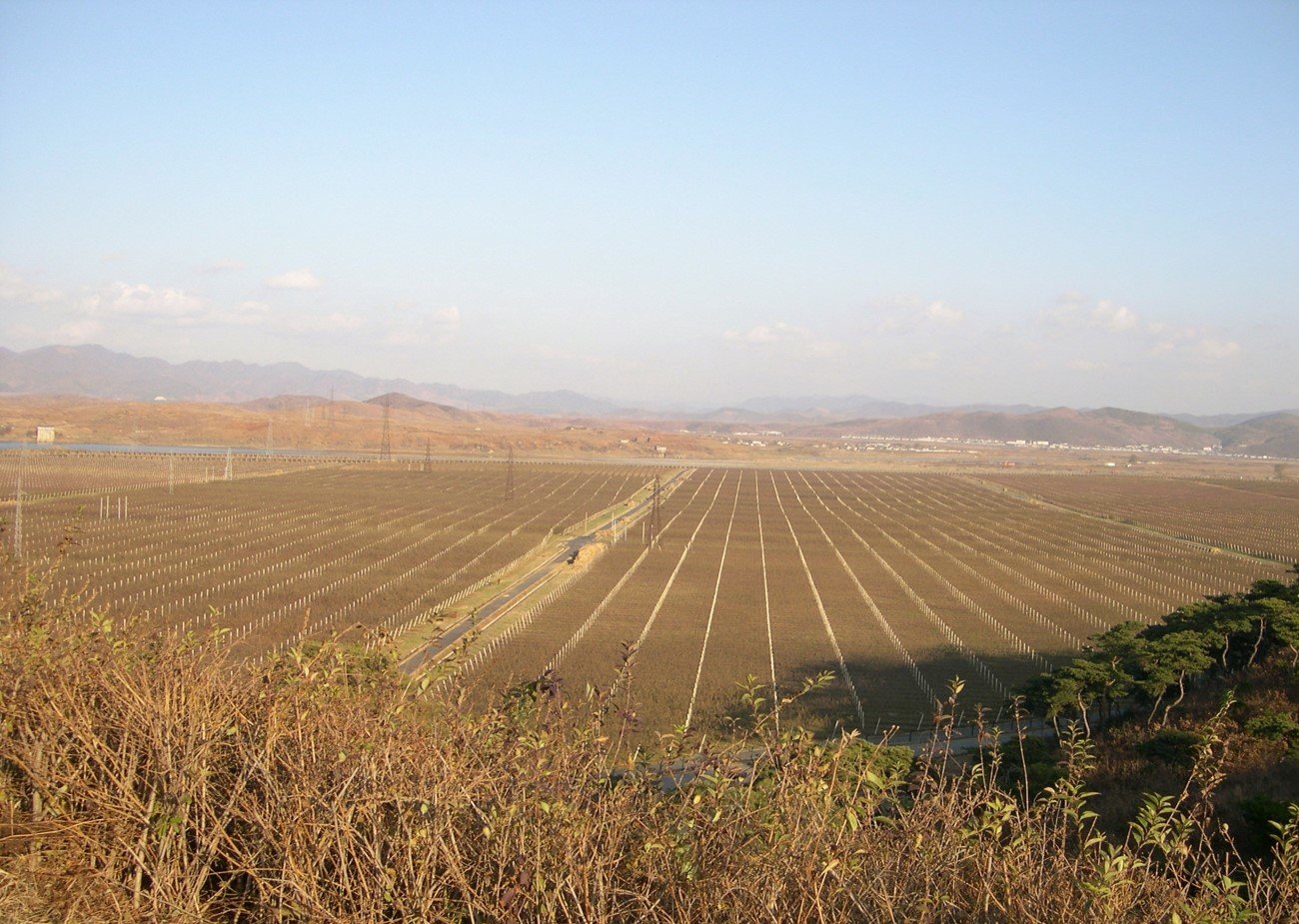
Daedonggang Combined Fruit Farm, an orchard with over one million apple trees imported from Italy. The farm was on the schedule following the visit to Yongbyon.
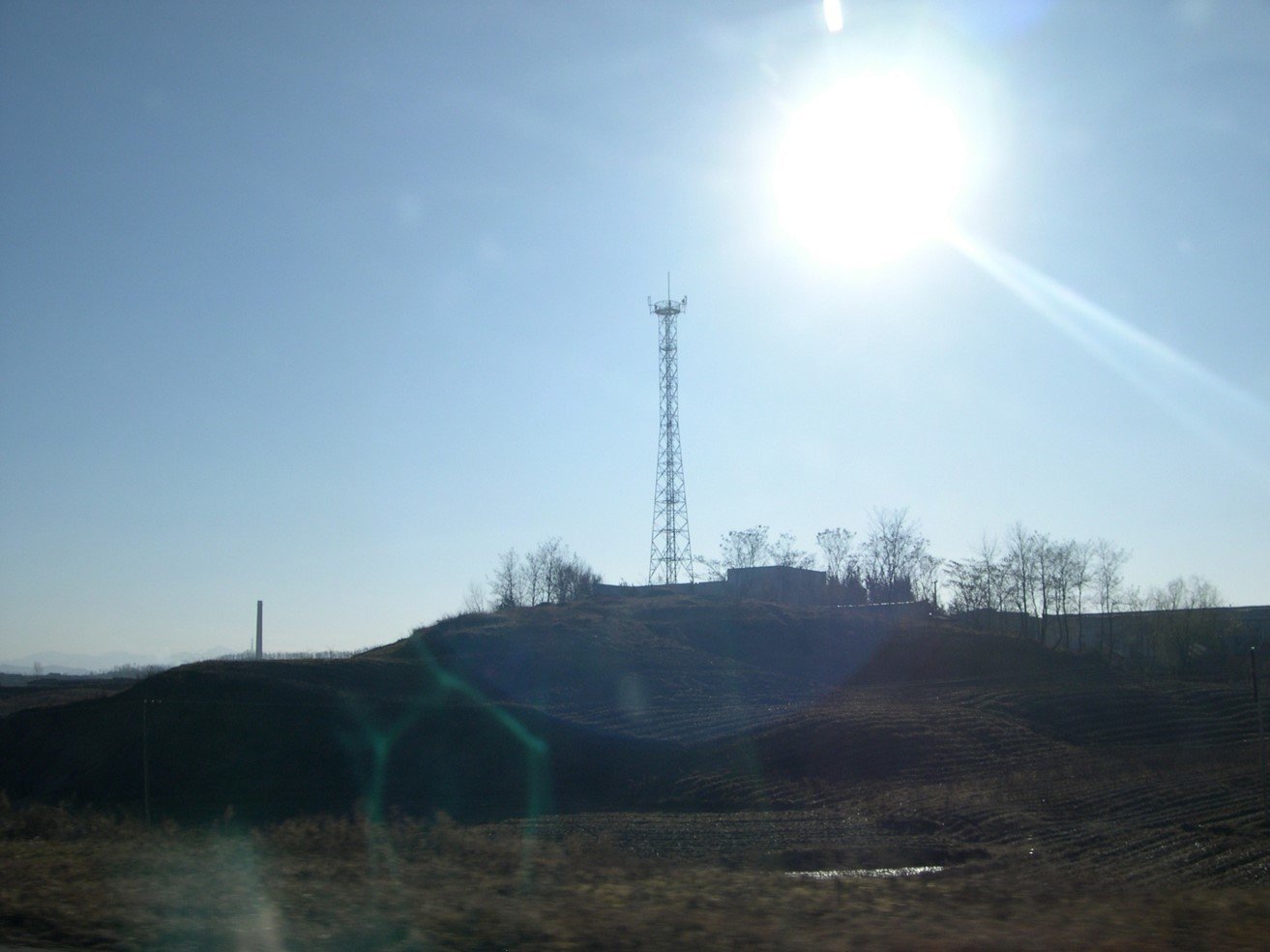
By 2010, cell towers were estimated to cover 75 percent of the territory.
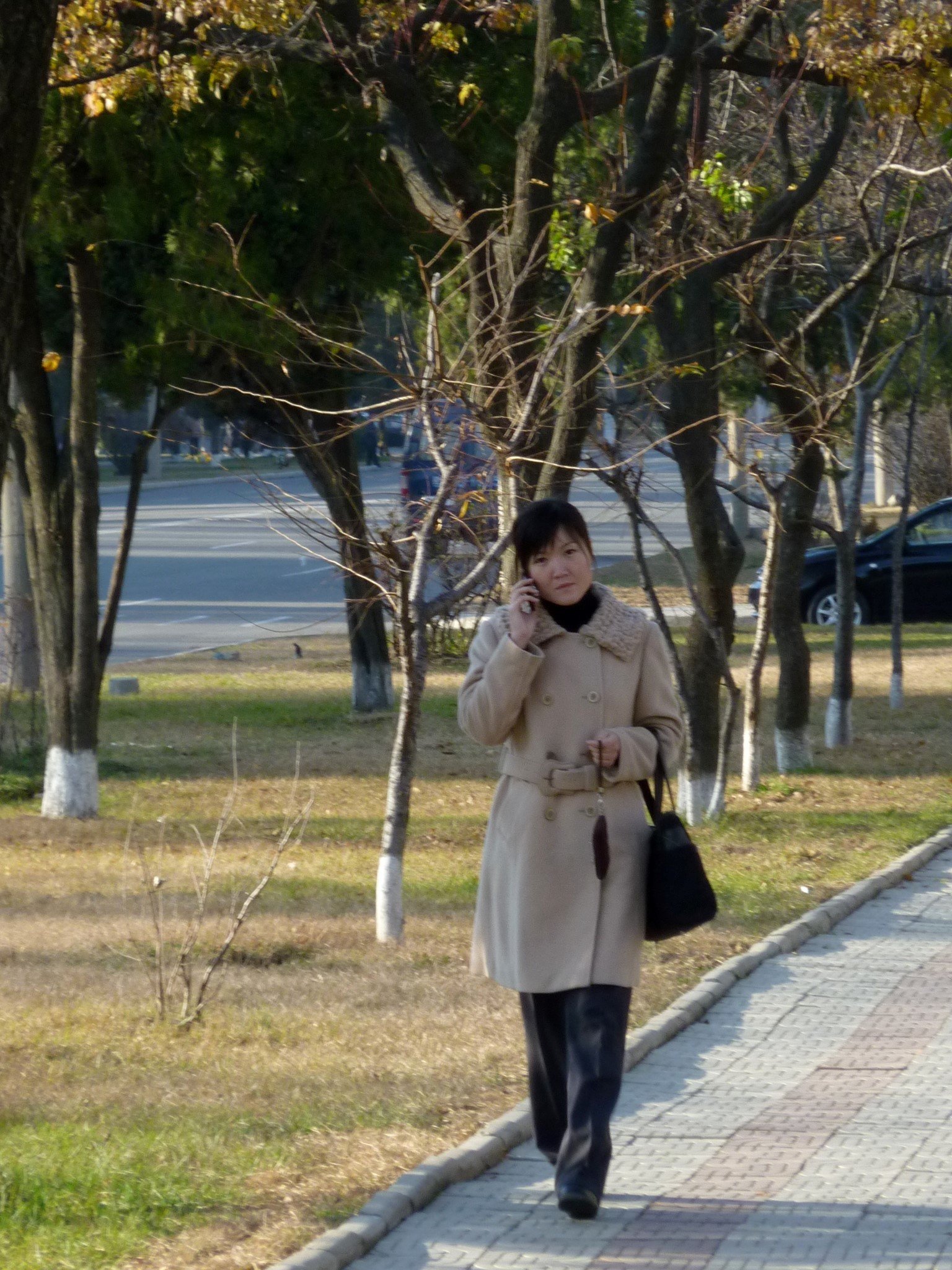
In 2010 we saw cell phones in use on the streets of Pyongyang for the first time. Nov. 2010.
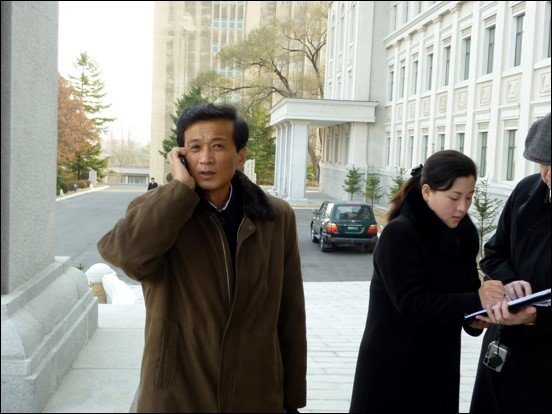
Cell phones becoming part of everyday life. Pyongyang, Nov. 2010
